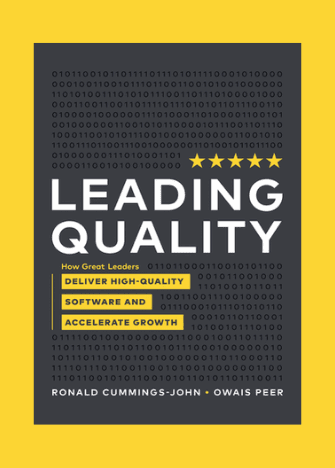The security of software is of utmost relevance in the networked world of today. Instead of actively avoiding them, traditional software testing techniques frequently concentrate on finding and addressing vulnerabilities after development.
Integrating threat modeling into software testing has been a potent strategy for closing this gap. The importance of incorporating threat modeling into software testing and how it might strengthen security defenses are both covered in this article.
First of all, let’s understand threat modeling. A methodical way to detect and assess security hazards in software systems is called threat modeling. Analyzing potential threats, vulnerabilities, and the effects they might have on software security are all part of the process.
In simple terms, threat modeling is similar to imagining how a hacker or other type of harmful attacker could try to enter a building or try and gain access to something that they are not authorized to. It assists software developers, architects, and security experts in identifying potential security flaws in software applications or systems before actual attackers make use of them.
Advantages of incorporating threat modeling into software testing:
Prioritizing security
Organizations can more effectively allocate resources by analyzing potential threats and vulnerabilities and concentrating on high-priority areas that represent the highest risk. This improves the overall security posture of the software by allowing developers and testers to concentrate their efforts on the most important security elements.
Proactive security mentality
From the very beginning of the software development lifecycle, it promotes cooperation among developers, testers, and security experts. Teams can collaborate to design and implement security controls that effectively reduce recognized threats by fostering a shared awareness of potential risks.
This cooperative method makes sure that security is built into the architecture and design of the software, reducing the possibility that security vulnerabilities would become apparent later in the development process.
Cost savings
It is typically less expensive to identify and fix security flaws early in the development process rather than later or after the application has been launched. Organizations may lessen the potential financial effect of security incidents, lower the chance of data breaches, and protect their brand by investing in proactive security measures through threat modeling.
Disadvantages
Threat modeling has several advantages, but there may also be disadvantages. These include implementation complexity, a lack of standards, a focus on technical weaknesses, the dynamic nature of threats necessitating frequent upgrades, human mistakes and bias, and resource and time limitations.
Threat modeling is a useful technique for bolstering cybersecurity defenses despite these difficulties since it allows for the proactive detection and mitigation of security concerns. Organizations may maximize the advantages of threat modeling and successfully address these drawbacks by being aware of them.
Conclusion
A proactive method of strengthening security defenses is to incorporate threat modeling into software testing. Organizations can prioritize security efforts, encourage team collaboration, and obtain a comprehensive understanding of the security landscape by detecting and evaluating potential risks and vulnerabilities early in the development lifecycle.
As a result of this proactive strategy, software applications become more resilient and safer, risks are reduced, and possible cyber threats are protected. Organizations may improve their security defenses and make sure their applications are resilient in a threat environment that is always changing by investing in threat modeling and incorporating it into the software testing process.
Happy testing!
About the tester
Thamsil has been part of Tester Work for more than 3 years and shares his software tester expertise in this article.
This article is the sole responsibility of the author. By submitting their work to our blog, authors affirm that the content is original and does not violate any copyrights or intellectual property rights of third parties.







